The biggest drawback is that the math gets a lot more complicated. The discharge time is no longer a linear function of one of the resistor values.
When the discharge pin is grounded, you now have both R5 and R6 determining the voltage on the capacitor. You can treat them as a Thevenin source with voltage
$$V_{TH} = V_{CC} \left(\frac{1}{1 + \frac{R6}{R5}}\right)$$
and resistance
$$R_{TH} = \frac{1}{\frac{1}{R6} + \frac{1}{R5}}$$
So the discharge waveform becomes an exponential curve dropping from \$\frac{2}{3}V_{CC}\$ down toward \$V_{TH}\$. If we define \$V_0 = \frac{2}{3}V_{CC} - V_{TH}\$ and the time constant \$\tau = R_{TH} C\$, then this curve is
$$V(t) = V_{TH} + V_0 e^{-\frac{t}{\tau}}$$
The discharge ends when \$V(t) = \frac{1}{3} V_{CC}\$, so we can make that substitution on the left hand side and then solve for \$t\$ to find out what the discharge time is. If we say \$k = \frac{V_{TH}}{V_{CC}} =\frac{1}{1 + \frac{R6}{R5}}\$, we can write it as:
$$t = -\tau \ln\left(\frac{1 - 3k}{2 - 3k}\right)$$
From this, we can make a couple of observations. First, there is no solution when k is 1/3 or greater, since this makes the argument of the logarithm zero or negative. This means that R6/R5 must be less than 2 — R5 must be less than 1/2 of R6.
Second, solving this to get a value of R5 for a particular time value (e.g., the same value as the 0.693×R6×C charging time) is a similarly complicated derivation.
I'll leave that for you to work out if you're interested in pursuing it.
In more practical terms, the closer R5 gets to 0.5×R6, the more sensitive the circuit becomes to component tolerances, including things like the exact voltage on the discharge pin during the discharge cycle.

